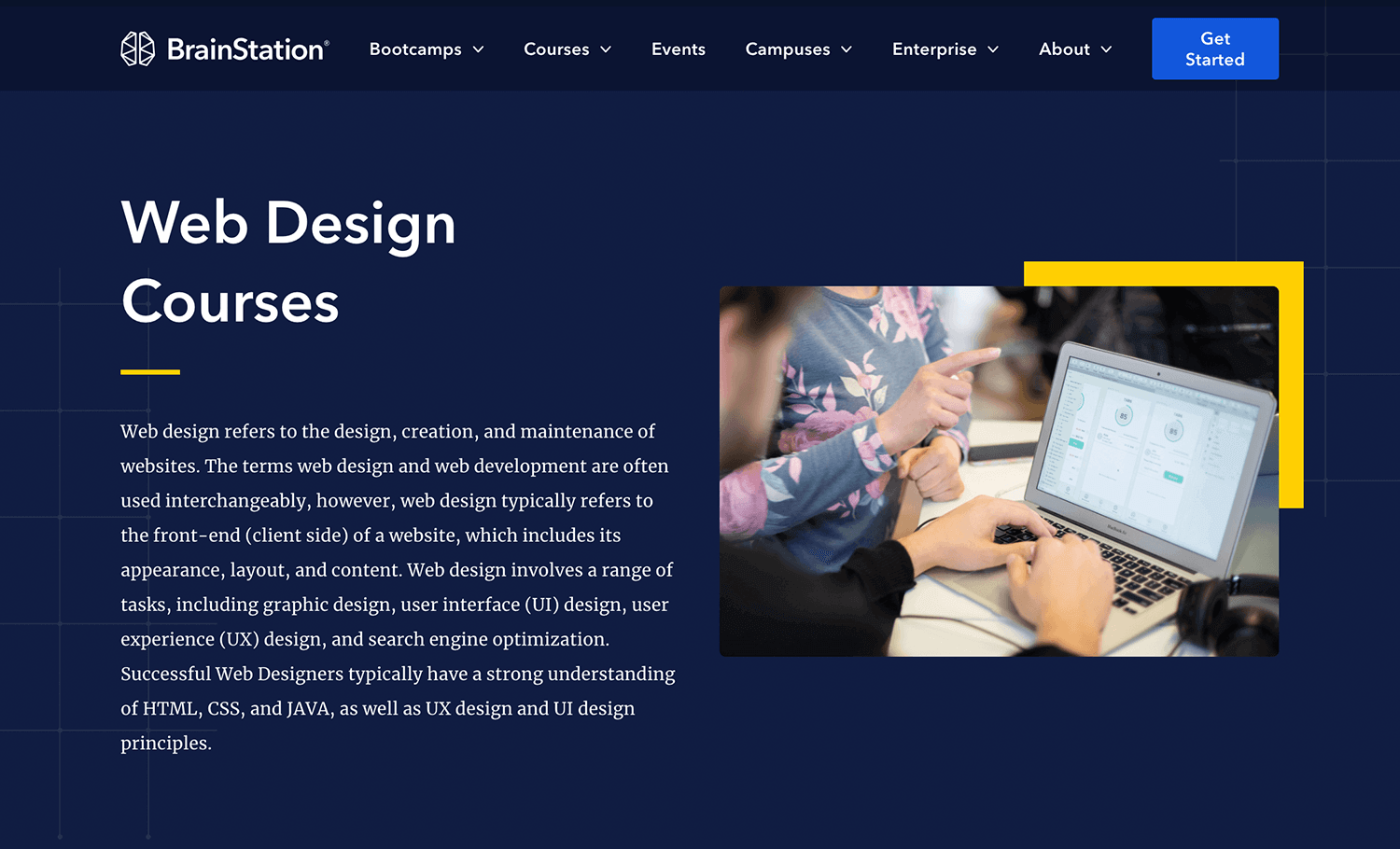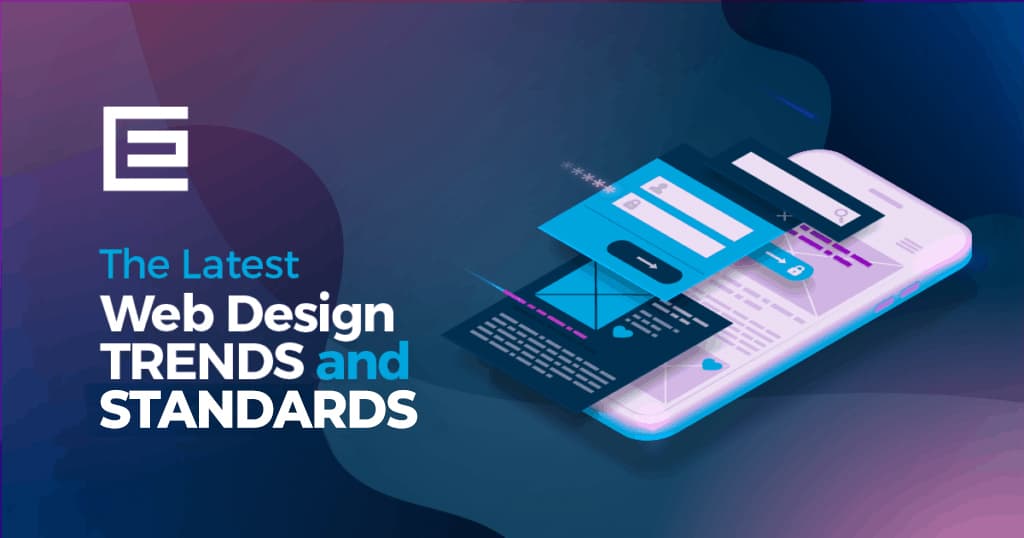Aligned Position Web Design: Expert Web Design Strategies for Achieving Business Goals Online
Aligned Position Web Design: Expert Web Design Strategies for Achieving Business Goals Online
Blog Article
The Most Effective Sorts Of Website Design to Improve User Experience and Involvement
In the ever-evolving landscape of digital communication, the efficiency of Web style substantially influences customer experience and engagement. Various design methods, such as minimalist, responsive, and interactive formats, each deal special advantages that can cater to diverse user needs.
Minimal Web Design
As digital landscapes become increasingly cluttered, minimal Web style has actually become an effective technique to improving individual experience. This style approach prioritizes simplicity, concentrating on essential elements while eliminating unnecessary disturbances. By making use of adequate white area, uncomplicated navigating, and a restricted color palette, minimal style cultivates quality and guides user attention to vital material.
The core concept of minimal website design is to produce a seamless communication for users. By reducing cognitive lots, individuals can swiftly realize info without feeling bewildered. This straight approach not just improves functionality yet likewise motivates involvement, as visitors are most likely to discover a website that is aesthetically attractive and simple to navigate.
Additionally, minimal design frequently stresses typography and imagery, making use of these aspects purposefully to communicate messages properly. This concentrate on vital elements can boost brand identity and develop a memorable customer experience. Essentially, minimal Web design is not simply a fad; it is a thoughtful approach that acknowledges the significance of user-centered layout. By stripping away nonessential aspects, designers can develop a more interesting, efficient, and pleasurable Web experience for all individuals.
Receptive Website Design
In today's diverse digital environment, responsive Web layout has actually become important for producing a seamless user experience across a wide range of gadgets. As individuals gain access to sites on smartphones, desktops, laptop computers, and tablet computers, the capability of a web site to adapt its layout and content to various display dimensions and resolutions is vital.
Responsive Web layout uses versatile grids, pictures, and CSS media queries to ensure that Web content exists ideally, regardless of the device used. This method not only improves the visual allure of a website yet additionally dramatically boosts usability. Customers are most likely to engage with a website that provides a regular experience, as it removes the aggravation of needing to zoom in or scroll excessively.
By taking on responsive style, organizations can improve their exposure and get to a broader target market. In recap, responsive Web design is an essential technique that enhances individual experience, involvement, and overall complete satisfaction.
Interactive Website Design
Responsive Web layout lays the groundwork for improving customer experience, however interactive website design takes this a step better by involving users in a more vibrant means - Aligned Position Web Design. By incorporating elements such as animations, clickable prototypes, and real-time responses, interactive website design astounds users, drawing them into a richer browsing experience
This technique not just cultivates involvement but also urges users to check out content actively rather than passively consuming it. Methods such as gamification, where customers gain incentives for finishing jobs, can considerably improve the time invested on a website and enhance general contentment. In addition, interactive functions can streamline complicated info, making it a lot more digestible and pleasurable.

Integrating interactive design aspects can additionally lead to higher conversion prices, as customers are much more likely to look at more info engage with a site that proactively entails them. Aligned Position Web Design. Eventually, interactive website design transforms individual experiences right into memorable journeys, making certain that visitors return time after time
Apartment Design
Identified by its minimalistic approach, flat design emphasizes simplicity and functionality, removing unneeded aspects and concentrating on essential features. This design viewpoint focuses on use, ensuring that users can navigate user interfaces with convenience and performance. By utilizing a clean aesthetic, flat design eliminates the mess usually found in a lot more elaborate styles, thus enhancing user emphasis on web content and functionality.
The hallmark of level style lies in its use of bold shades, straightforward typography, and geometric forms. These components contribute to a visually enticing user interface that is both contemporary and friendly. Furthermore, flat design cultivates a sense of clearness, allowing customers to determine vital actions and details without diversion.
Furthermore, level design is particularly effective in responsive website design, as its simplicity translates well throughout different devices and display sizes. The lack of complex textures look at this site and slopes reduces filling times, which is vital for keeping customer engagement. As electronic landscapes remain to evolve, level design remains a pertinent selection for developing user-friendly websites that improve total experience. By concentrating on essential features, flat style not only satisfies user requirements yet also motivates seamless communication, making it an important part of effective Web layout techniques.
Flexible Web Layout
Adaptive Web design customizes the individual experience by developing numerous fixed layouts tailored to different screen sizes and tools. Unlike receptive find more information layout, which fluidly adjusts a solitary layout, adaptive style employs unique designs for certain breakpoints, making certain optimal discussion on numerous systems. This approach allows developers to concentrate on the one-of-a-kind characteristics of each device, improving use by supplying exactly what individuals need based on their context.
One of the key advantages of adaptive Web layout is its capability to enhance load times and performance. By offering tailored material and images that fit the user's tool, internet sites can decrease data usage and improve loading rates. This is specifically valuable for customers with slower connections or restricted information strategies.

Additionally, flexible style helps with an extra controlled and constant branding experience. Given that designers create several formats, they can ensure that the visual components straighten with the brand's identity across various platforms - Aligned Position Web Design. This results in a cohesive individual experience, boosting engagement and promoting individual retention
Conclusion
Minimalist design fosters quality and emphasis, while responsive layout makes certain versatility throughout different gadgets, promoting accessibility. Jointly, these style approaches contribute to the production of straightforward atmospheres that not only improve contentment however additionally drive greater conversion rates, emphasizing their essential value in contemporary Web layout techniques.

Minimalist style cultivates quality and emphasis, while responsive style makes certain flexibility throughout numerous tools, advertising accessibility. Collectively, these design approaches contribute to the development of easy to use atmospheres that not only improve complete satisfaction but additionally drive greater conversion rates, emphasizing their essential relevance in modern Web style techniques.
Report this page